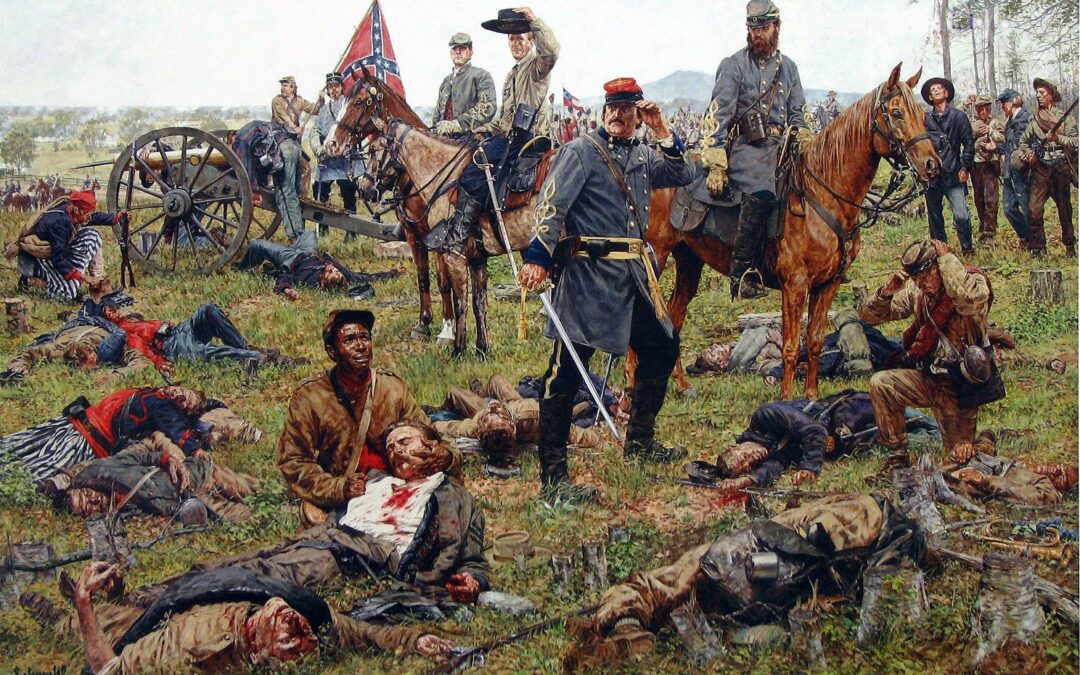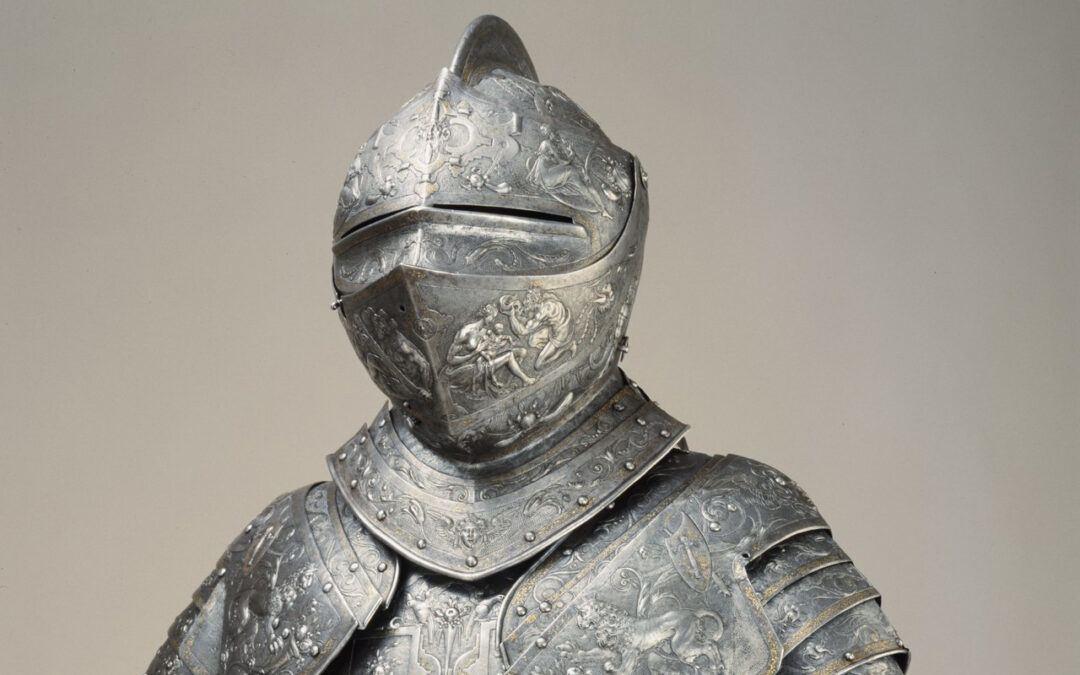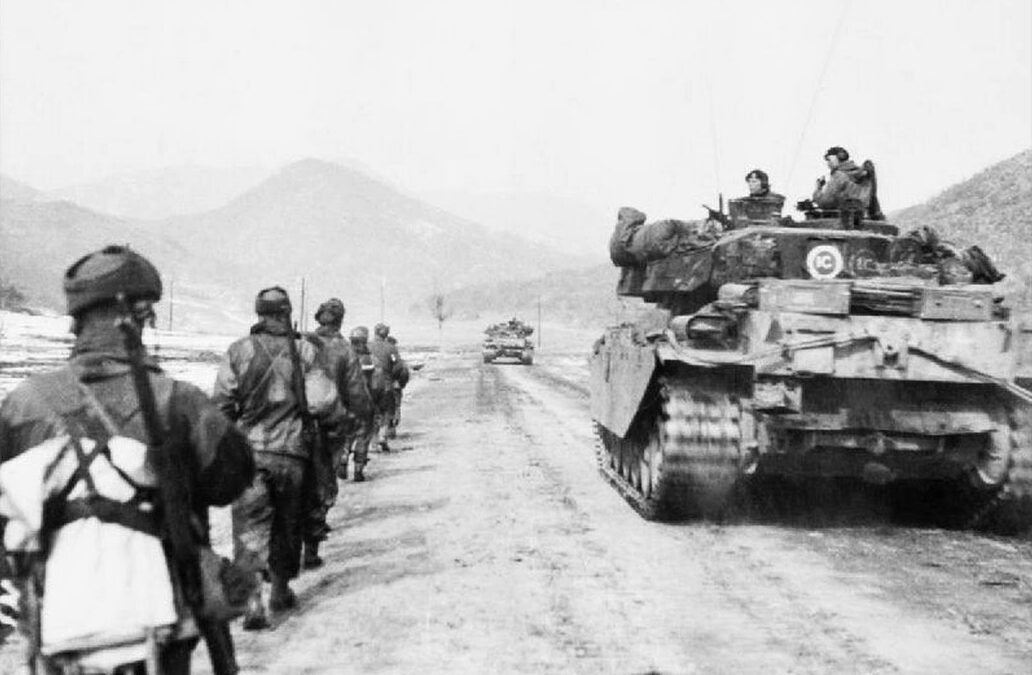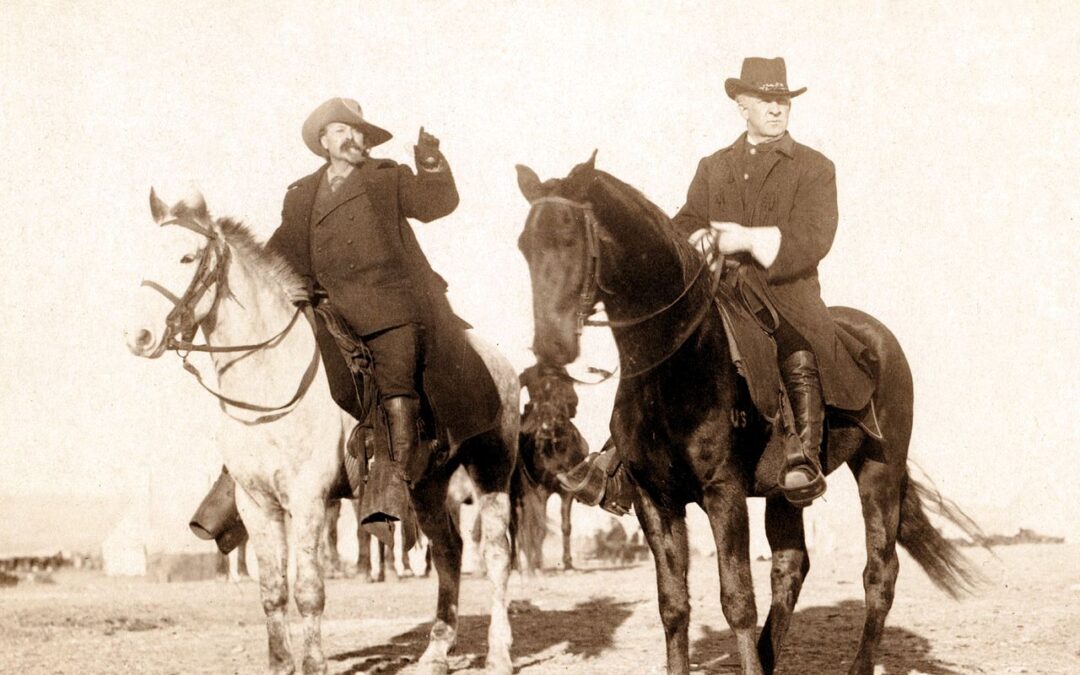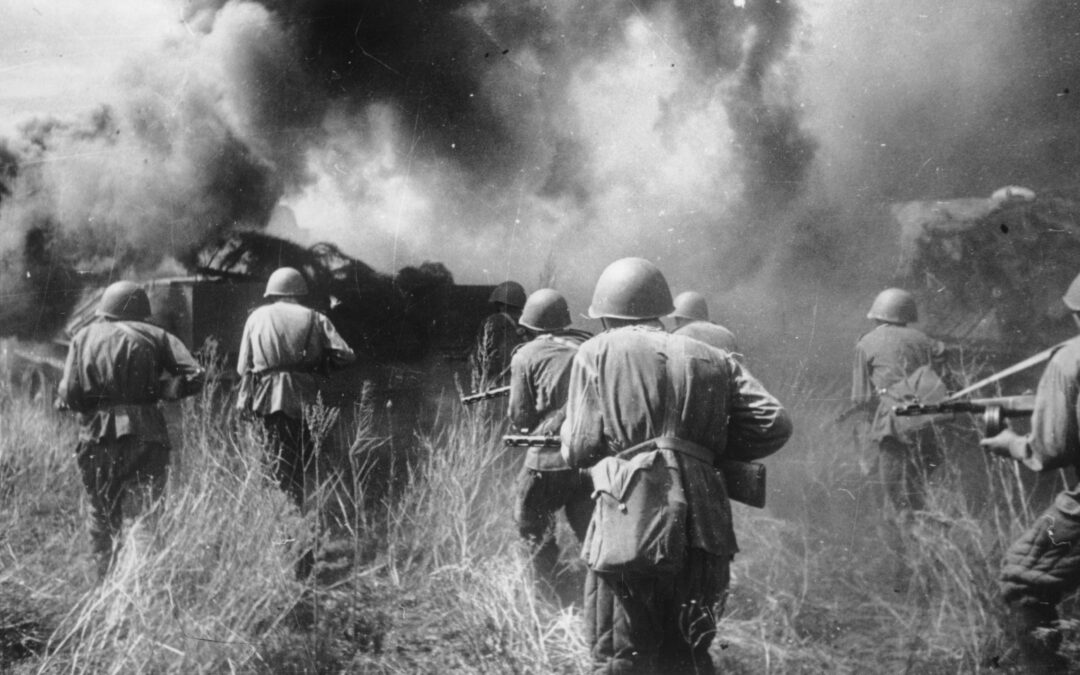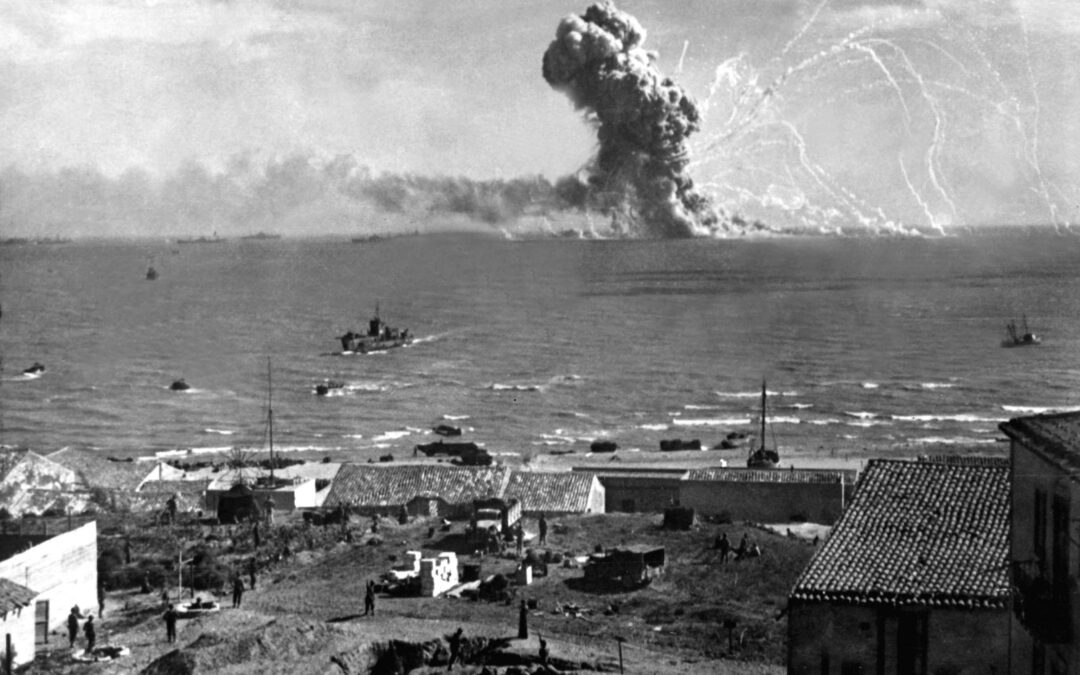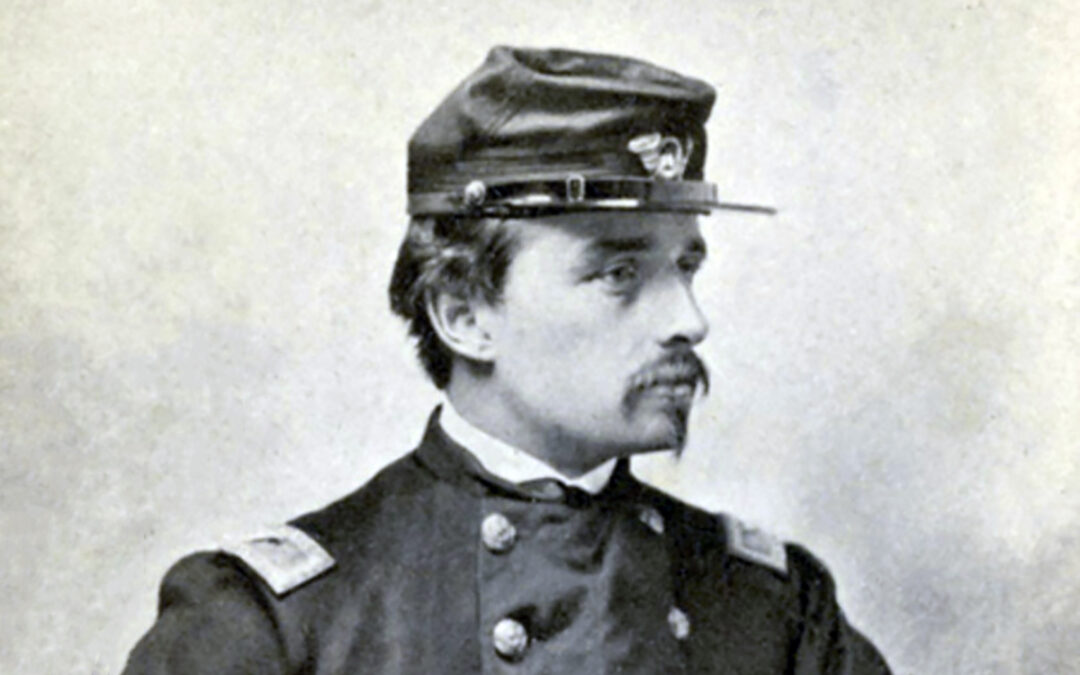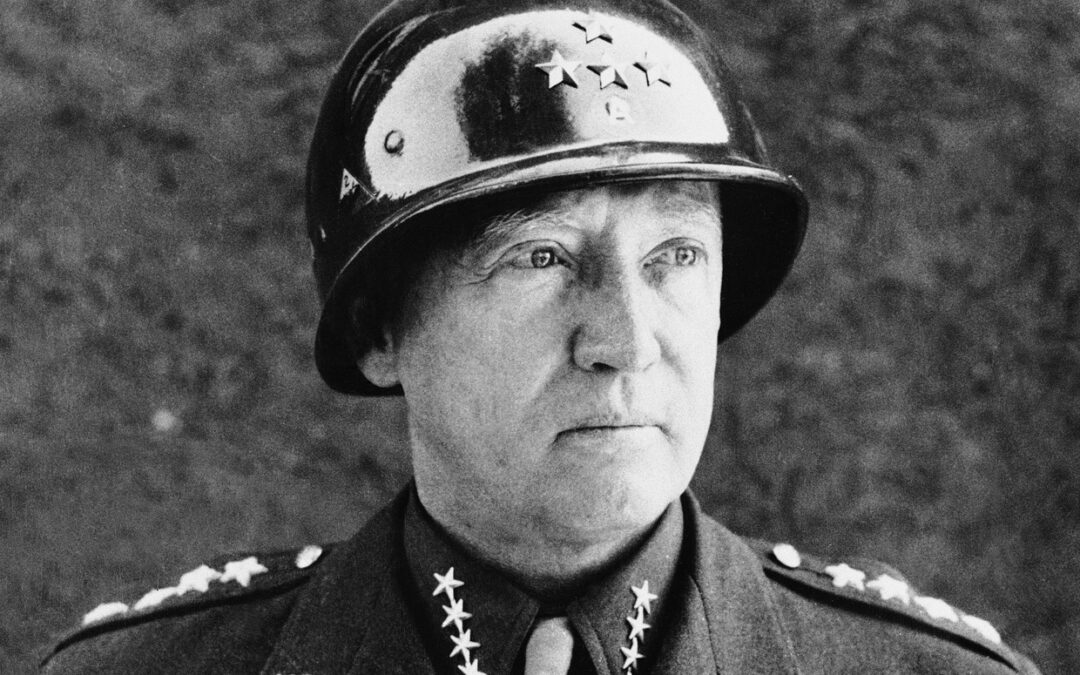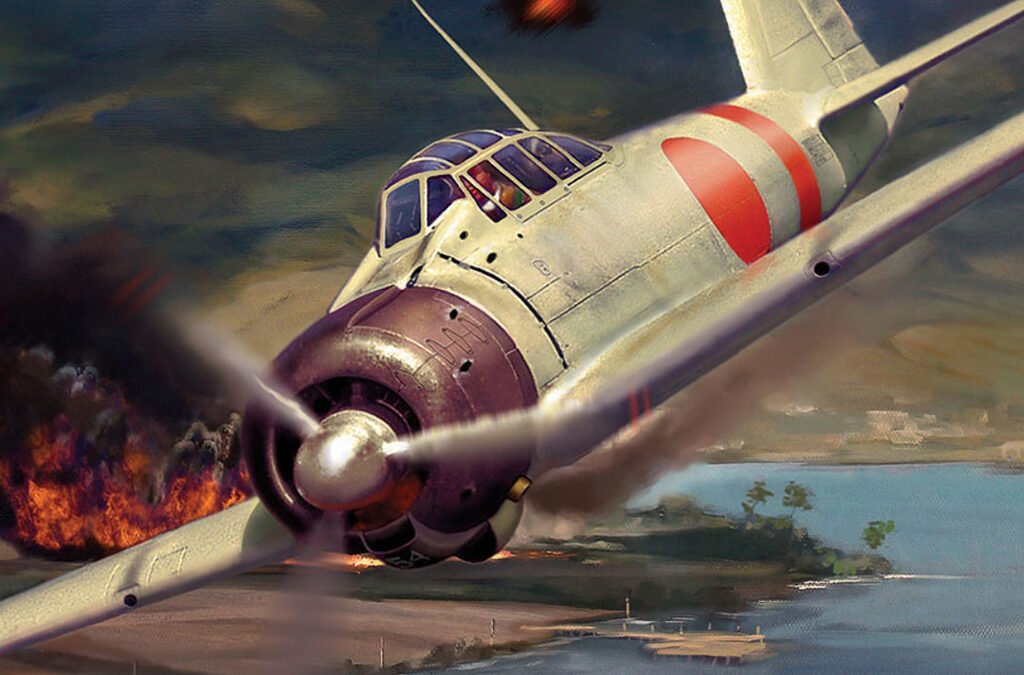It was cold at the turning of the year in Murfreesboro, right in the middle of the state of Tennessee. The little town nestled under a crook in the arm of the Stones River, near where the water rushed and chattered over a long shallow ford. The Civil War had raged across the country for nearly two years. At the end of December in 1862, the Union force called the Army of the Cumberland was maneuvering into position to challenge the Confederacy's Army of Tennessee. Opposing Forces of the Battle of Stones River The Confederate troops were commanded by Gen. Braxton Bragg, a tall, thickly bearded, sad-eyed veteran of the South's campaigns. His army numbered around thirty-five thousand men, cavalry, cannon, infantry, and skirmishers. They had been encamped north of Murfreesboro for a month when the Union forces finally arrived. Maj. Gen. William Rosecrans was in command of the Union Army of the Cumberland, which out-numbered Bragg's force by nearly ten thousand men. They had marched the...
